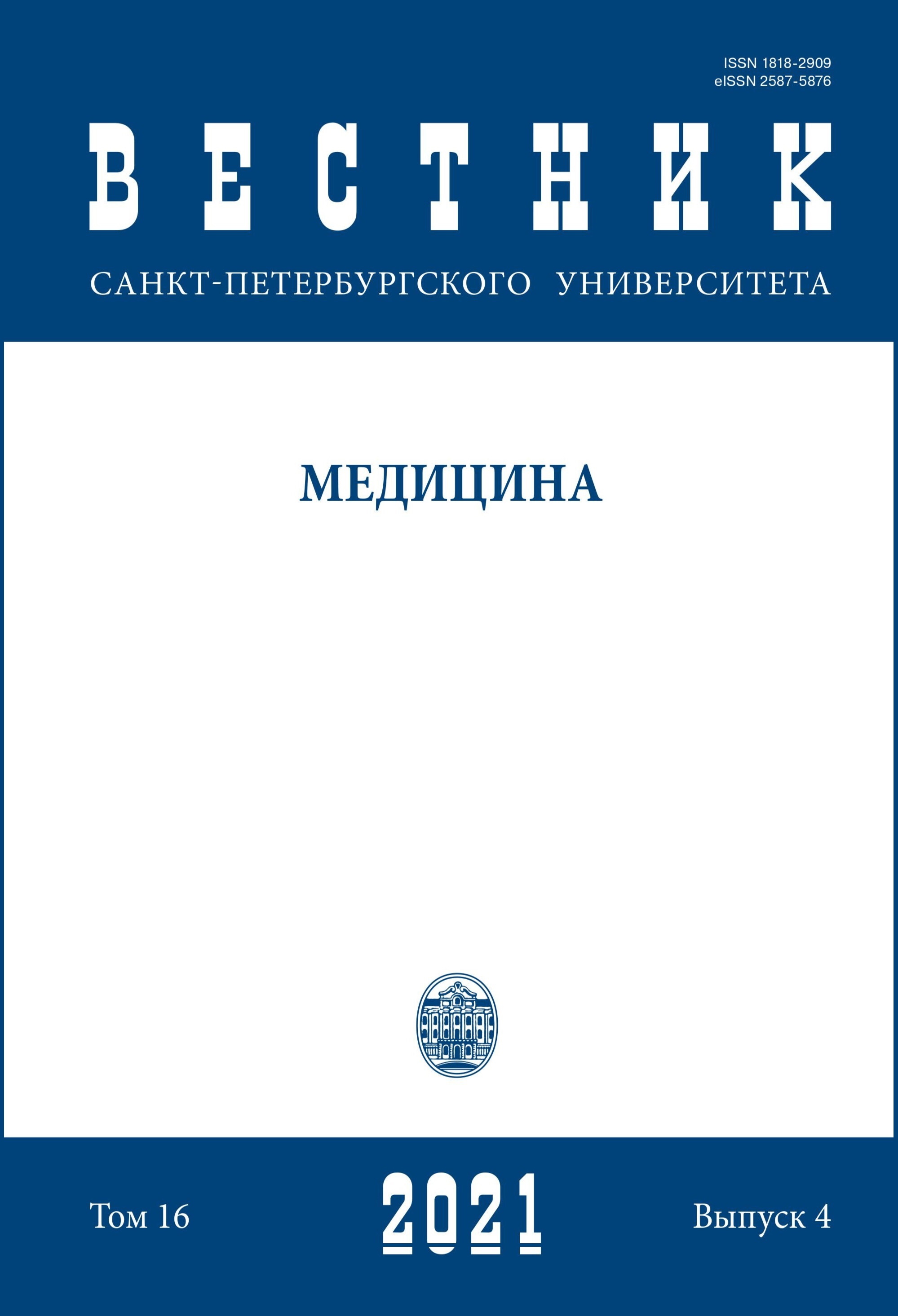Альтернативное мультимодальное лечение мигрени эффективно и безопасно
DOI:
https://doi.org/10.21638/spbu11.2021.405Аннотация
The objective of the article was to evaluate an alternative approach for migraine. The patients received an alternative multimodal approach (AMA) involving nutraceuticals, melatonin, and dietary changes. Six patients were included in the study. Comorbidities were observed in all patients and included hypertension, depression, anxiety, diabetes, asthma, silicone breast implants, and allergic rhinitis. Sleep disorders were observed in 67 % of the patients. Interestingly, after applying AMA, there was a remarkable improvement in all participants. Vitamin D levels surged significantly, and sleep improved in all patients with sleep disturbances. The number of days with migraine was reduced significantly. An improvement of VAS well-being was observed after AMA, and a reduction of the VAS migraine pain was noted. All migraineurs, except one, suspended the conventional preventive drugs for migraine. An AMA is effective and safe, without any side effects for migraine prevention and therapy.
Ключевые слова:
мигрень, головная боль, нутрицевтики, боль, витамин D, мелатонин, мигреники, благополучие
Скачивания
Библиографические ссылки
References
disease and its comorbidity. Pathophysiology, 2014, Jun., vol. 21, no. 2, pp. 135–145. https://doi.org/10.1016/j.pathophys.2013.11.002
Загрузки
Опубликован
Как цитировать
Выпуск
Раздел
Лицензия
Статьи журнала «Вестник Санкт-Петербургского университета. Медицина» находятся в открытом доступе и распространяются в соответствии с условиями Лицензионного Договора с Санкт-Петербургским государственным университетом, который бесплатно предоставляет авторам неограниченное распространение и самостоятельное архивирование.




